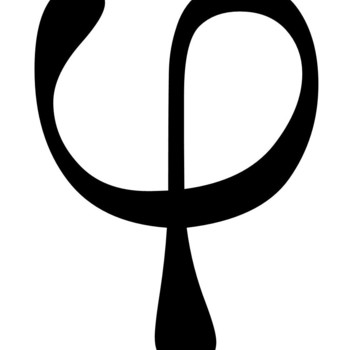How do you graph #f(x)=1/x^2# using holes, vertical and horizontal asymptotes, x and y intercepts?
1 Answer
There is a vertical asymptote at
There are no holes here.
There is an asymptote at
There are no
Explanation:
Let's go one by one. Here, I take the numerator as
Vertical asymptotes:
Vertical asymptotes are found when
There is a vertical asymptote at
Holes:
There are no holes here. Holes are found only if you can simplify
Horizontal asymptotes:
There are a few rules to remember when finding a horizontal asymptote:
We must look at the degree of
Here,
Intercepts:
The
So:
This is impossible, as
The
So:
However, the above is undefined.
So there are no
The graph looks like so:
graph{1/x^2 [-10, 10, -3, 7]}

